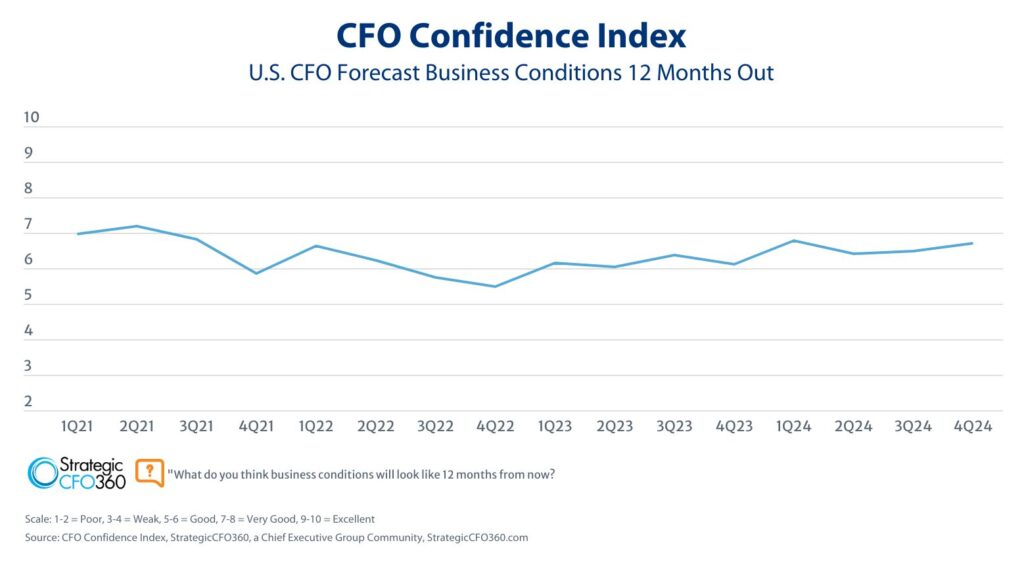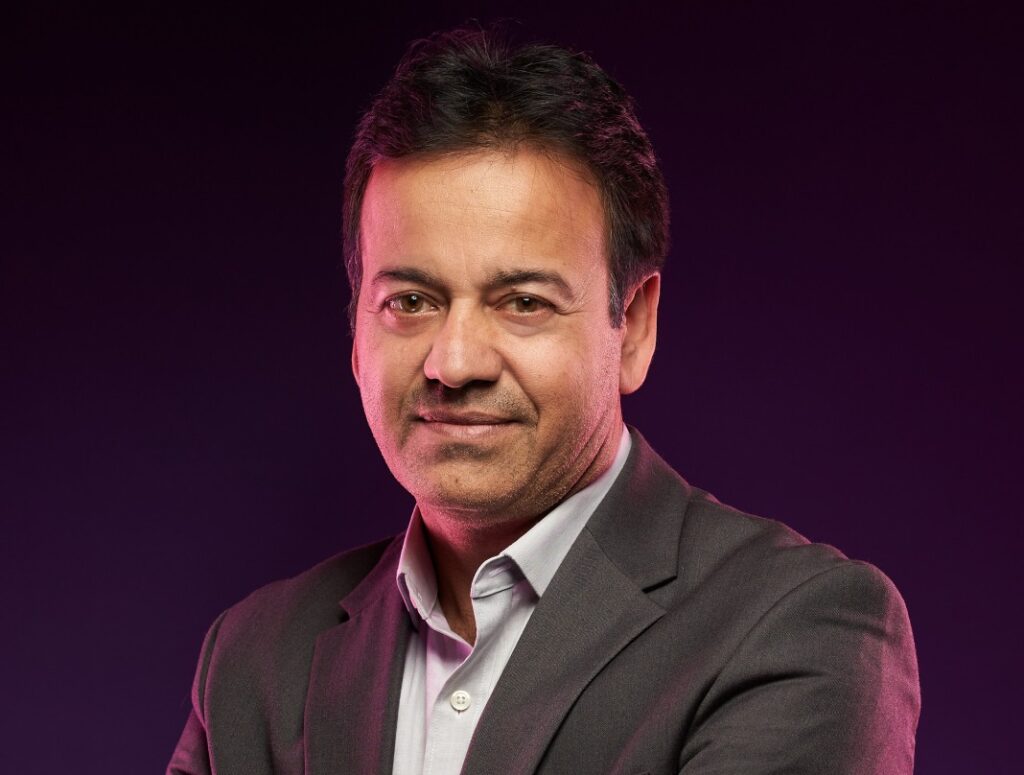The pandemic and the move to remote work exposed the biggest challenge for finance teams, according to Charles Wyatt, CFO of Minneapolis-based Nice Healthcare, which provides clinics that deliver care in patients’ homes.
He spoke with StrategicCFO360 about that challenge, how he’s been able to scale technology with speed and purpose, and why he doesn’t approve tech spends unless the requestor can explain the ROI.
What is the biggest technology burden right now facing finance teams?
In most cases, the biggest burden facing finance teams is disparate systems. A typical finance and accounting organization has a general ledger, an AP system, oftentimes a separate billing system, an FP&A system, Microsoft Excel and perhaps a few others. All of which are required to perform the function. Add on all communications tools like Slack, Email, Zoom etc. and you’re managing a lot of data all housed in separate systems.
The integration between these tools is oftentimes nonexistent, which results in a lot of manual work for finance and accounting teams. And, while it’s common to have various, unintegrated systems that cause a lot of manual, error-prone processes, the burden comes trying to balance the technology resources available (i.e., engineers) and allocating their time. There is always a need for enhancements to the product/customer facing technology, which almost always takes priority, but without the investment in backend systems and integrations, you run the risk of limiting your ability to scale.
How has the pandemic exposed the inefficiencies of some finance teams?
I think the pandemic highlighted the very inefficient, manual processes that existed and showed us how old school we can be. Prior to the pandemic we were able to overcome them because we were all in the same physical setting.
Take accounts payable and the invoice approval process, for example. Gone are the days when you received an invoice in the mail, walked down the hall to the approver and made sure it’s approved. The pandemic has required that all of that is now digitized. Invoices are sent electronically, there is a system in place to electronically route for approval, and then they are paid.
It’s a similar situation with accounts receivable. In a world where employees aren’t regularly going into the office, having electronic payments is essential. Without them, you run the risk of having checks sit in the mailbox and going undeposited. If you have many customers that pay by check, this can have a significant impact on your cash.
How can technology leaders best approach their finance leadership with technology needs and asks?
Simple—discuss the ROI. As the CFO, if you can tell me how the technology you’re hoping to implement or build will streamline, simplify or eliminate redundant systems, I’m much more open to the conversation. Business is full of complexities, and technology should help with that in a material and quantifiable way.
In an environment of rising costs, supply chain shortages etc., it’s crucial to find efficiencies throughout the business. This should be a core focus of technology. I want to know how it will help reduce, simplify or consolidate. All of which are critical to allowing an organization to scale efficiently. Answer this, and you’ll have a much better shot at getting the project approved.
I often find that people get really excited about new technology but struggle to explain why that is important. Companies love to buy software and technology, but the reality is we only utilize 20 percent to 30 percent of its capability. Help me get comfortable that you’ve done the research, and have evaluated all options, and are buying/building a solution that solves a problem we can’t solve with existing technology. Approaching us in a way where you see us as a business partner and helping us understand what you are trying to do, will allow us to be an advocate for you, not just the person writing the check.
What is your best piece of advice to leverage technology to quickly scale your business?
Simplicity and consistency are key. The simpler you can keep your business model, pricing, contracts, etc., the easier it is to leverage out of the box technology that allows you to scale.
I worked in an organization that had a horribly complex pricing model. You could tell it was dreamed up on a white board from someone who had zero responsibility for implementing it and making sure we could adhere to it. In theory, it was the right thing to do for the business in one respect because it was very advantageous for the customer. But in reality, it really hurt us on the backend because it was too complex for our technology to support.
My point is that today’s technology is more versatile than ever before, but the business process and decisions that are made should fit within the “out-of-the-box” capability of most technology as much as possible. If not, you may be over complicating matters. Implementing or building technology without understanding and optimizing the process that they are going to support, will lead down a path of additional time, energy and expense—all of which are contrary to efficient growth.








